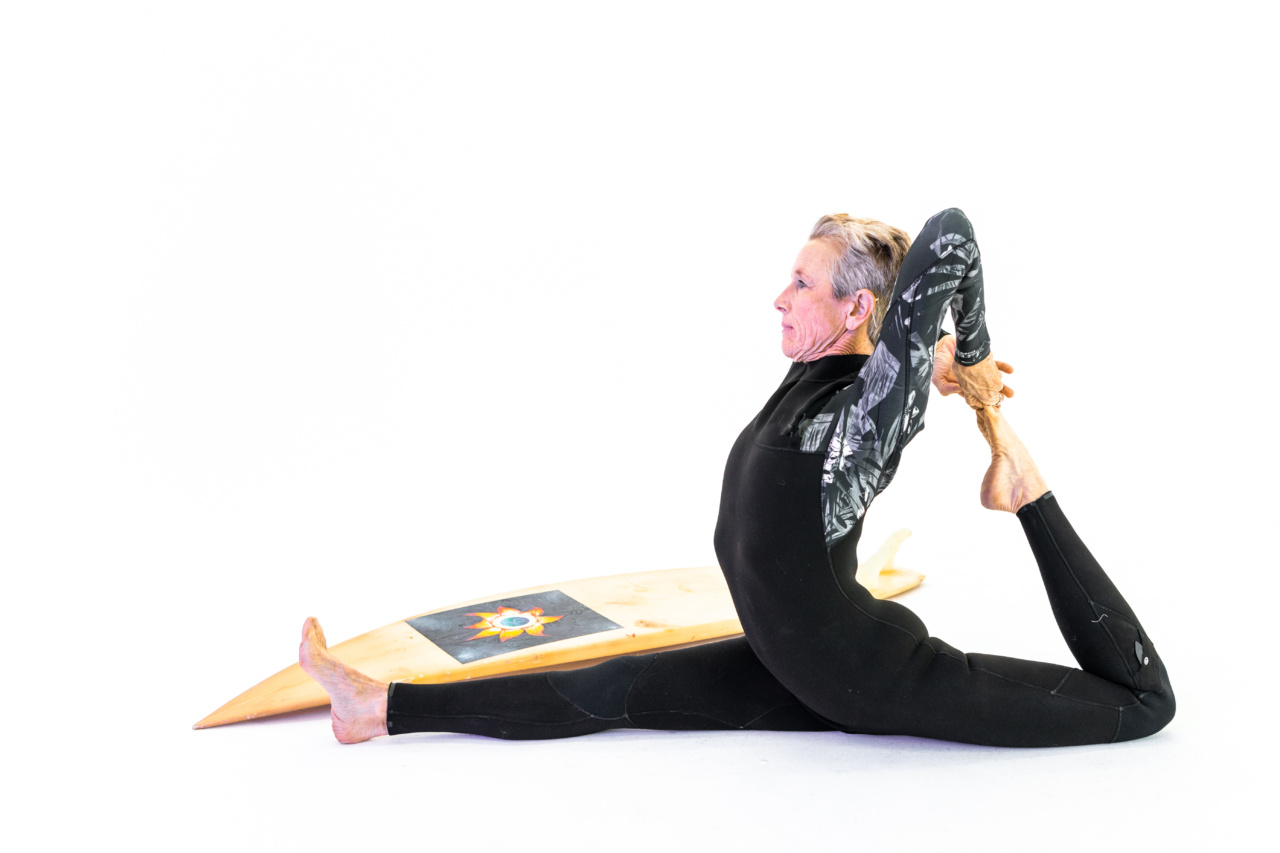Physical therapy plays a crucial role in the overall well-being of senior citizens. As individuals age, they often experience a decline in physical abilities and an increased risk of developing various health conditions.
Physical therapy can help address these issues and improve their quality of life.
The Benefits of Physical Therapy for Senior Citizens
1. Improved Mobility and Flexibility.
Physical therapy exercises and techniques can help improve the range of motion in joints and muscles, allowing senior citizens to move more freely and perform daily activities with ease. This can prevent falls and injuries.
2. Pain Management.
Seniors often experience chronic pain due to conditions like arthritis, osteoporosis, or muscle and joint stiffness. Physical therapy can help reduce pain and improve overall comfort, enabling them to engage in daily activities without discomfort.
3. Fall Prevention.
Falls are a significant concern for senior citizens and can lead to severe injuries or disabilities. Physical therapy focuses on improving balance, strength, and coordination, reducing the risk of falls and enhancing overall stability.
4. Rehabilitation After Surgery or Injury.
If a senior citizen has undergone surgery or suffered an injury, physical therapy can aid in their recovery process.
It helps strengthen muscles, regain mobility, and restore functionality, enabling them to regain independence and resume normal activities.
5. Management of Chronic Conditions.
Many senior citizens live with chronic conditions like arthritis, heart disease, or diabetes. Physical therapy can be an essential component of managing these conditions, reducing pain, improving cardiovascular health, and enhancing overall well-being.
Types of Physical Therapy for Senior Citizens
1. Geriatric Physical Therapy.
Geriatric physical therapy specifically caters to the needs of older adults. It focuses on addressing age-related changes, promoting independence, and improving overall functional ability.
2. Aquatic Therapy.
Aquatic therapy involves exercises and treatments performed in a pool. This form of physical therapy is beneficial for senior citizens as the buoyancy of water reduces stress on joints, making movements easier and less painful.
3. Balance and Gait Training.
Balance and gait training help senior citizens improve their stability and ability to walk safely. Physical therapists use various exercises and techniques to enhance balance, posture, and coordination.
4. Strength Training.
Strength training is vital for building and maintaining muscle strength, which tends to decline with age. Physical therapy focuses on tailored exercises to target specific muscle groups, promoting overall strength and preventing muscle atrophy.
5. Manual Therapy.
Manual therapy involves hands-on techniques performed by physical therapists to alleviate pain, increase flexibility, and improve range of motion. It can be particularly beneficial for senior citizens with conditions like arthritis or joint stiffness.
Funding for Free Physical Therapy for Senior Citizens
Providing free physical therapy for senior citizens can significantly benefit their overall well-being, but it requires funding. Here are several potential sources of funding:.
1. Government Grants.
Government agencies may offer grants specifically aimed at promoting healthcare services for senior citizens. These grants can be allocated towards providing free physical therapy services.
2. Non-profit Organizations.
Non-profit organizations dedicated to the welfare of senior citizens may have funds or partnerships with physical therapy clinics, allowing them to provide free or subsidized services to seniors in need.
3. Donations and Community Support.
Community members and local businesses can contribute financially or donate resources to support free physical therapy programs for senior citizens. Fundraising events or campaigns can be organized to gather funds.
4. Medicare and Medicaid.
Medicare and Medicaid are federal programs that provide healthcare coverage for senior citizens and individuals with low income. These programs may cover physical therapy costs for eligible individuals.
Accessing Free Physical Therapy for Senior Citizens
Senior citizens who are interested in accessing free physical therapy services should follow these steps:.
1. Research Available Programs.
Begin by researching available programs in your area that offer free physical therapy services for senior citizens. Contact local government agencies or non-profit organizations to gather relevant information.
2. Determine Eligibility Criteria.
Understand the eligibility criteria for accessing free physical therapy. Some programs may have income limits or specific requirements that need to be met.
3. Complete Necessary Documentation.
Fill out any required forms or documentation to apply for free physical therapy programs. This may include proof of income, residency, or medical history.
4. Schedule an Evaluation.
Once accepted into a free physical therapy program, schedule an evaluation with a licensed physical therapist. The therapist will assess your condition, create an individualized treatment plan, and guide you through the therapy process.
5. Commit to Regular Therapy Sessions.
To benefit from physical therapy, it is essential to attend regular sessions and actively participate in prescribed exercises. Consistency and dedication are key to achieving positive outcomes.
Conclusion
Free physical therapy for senior citizens can greatly enhance their quality of life by addressing mobility issues, managing pain, preventing falls, and aiding in rehabilitation.
With the right funding and support, these programs can make a significant difference in promoting the overall well-being of seniors.































